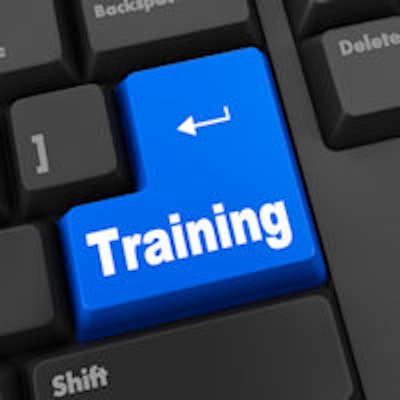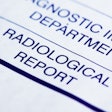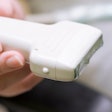
Orthopedic trauma cases can be challenging for radiology residents to interpret -- which may affect their readiness for independent call, according to a study published January 8 in Emergency Radiology.
Radiology residents showed "significant difficulty in identifying orthopedic trauma cases, with errors primarily due to observational deficiencies," reported a team led by John Ramos Rivas, MD, of the University of Florida in Gainesville.
"[Our] results demonstrate [residents'] difficulties in accurately diagnosing these fractures, with observational errors being the primary issue across all cases and training levels," the group wrote.
In academic centers, radiology residents often cover overnight shifts on their own, with attending radiologists reviewing their interpretations the following morning -- a scenario that "challenges residents to apply their knowledge and skills in real-time without direct supervision," Rivas and colleagues explained. Imaging volume has increased over the years, including musculoskeletal exams, and missed fractures can lead to "severe long-term consequences," they noted.
The investigators assessed residents' preparedness for independent radiology call using the Wisdom in Diagnostic Imaging Emergent/Critical Care Radiology Simulation (WIDI SIM) to evaluate radiology residents' ability to identify three specific types of orthopedic trauma -- sacral ala, femoral neck, and pediatric tibial/Toddler's fractures -- using radiographic imaging within a simulated on-call environment. (WIDI SIM was developed by the university in 2010, and is the assessment module of its Wisdom in Diagnostic Imaging Program, an online assessment, education, and remediation program for diagnostic radiology residents.)
The simulation included 65 cases. Attending radiologists evaluated residents' responses via a 10-point grading system and categorized errors as either observational (i.e., failing to identify key findings) or interpretive (i.e., making incorrect conclusions despite correctly identifying findings).
The team reported the following:
- 321 residents evaluated sacral ala fracture x-rays and received an average score of 1.29 out of 10 (8.71 points were lost to observational errors). Of these residents, only 6% produced effective reports (that is, reports with scores equal to or higher than seven), while 80% made critical errors (scores < 2).
- 316 residents evaluated femoral neck fracture CT images and received an average score of 2.48 out of 10 (6.71 points were lost to observational errors). Of this group, 25% generated effective reports, and 66% made critical errors.
- 197 residents evaluated pediatric tibial/Toddler's fracture x-rays and received an average score of 2.94 out of 10 (6.6 points were lost to observational errors); 29% produced effective reports, while 71% made critical errors.
The study underscores a need for more radiology resident training, according to the authors.
"The consistent underperformance across all training levels demonstrates a need for targeted educational interventions in residency programs," Rivas and colleagues concluded. "By implementing strategies that address the specific challenges of each fracture type, we can enhance residents’ diagnostic skills, particularly in observational competencies."
The complete study can be found here.



















